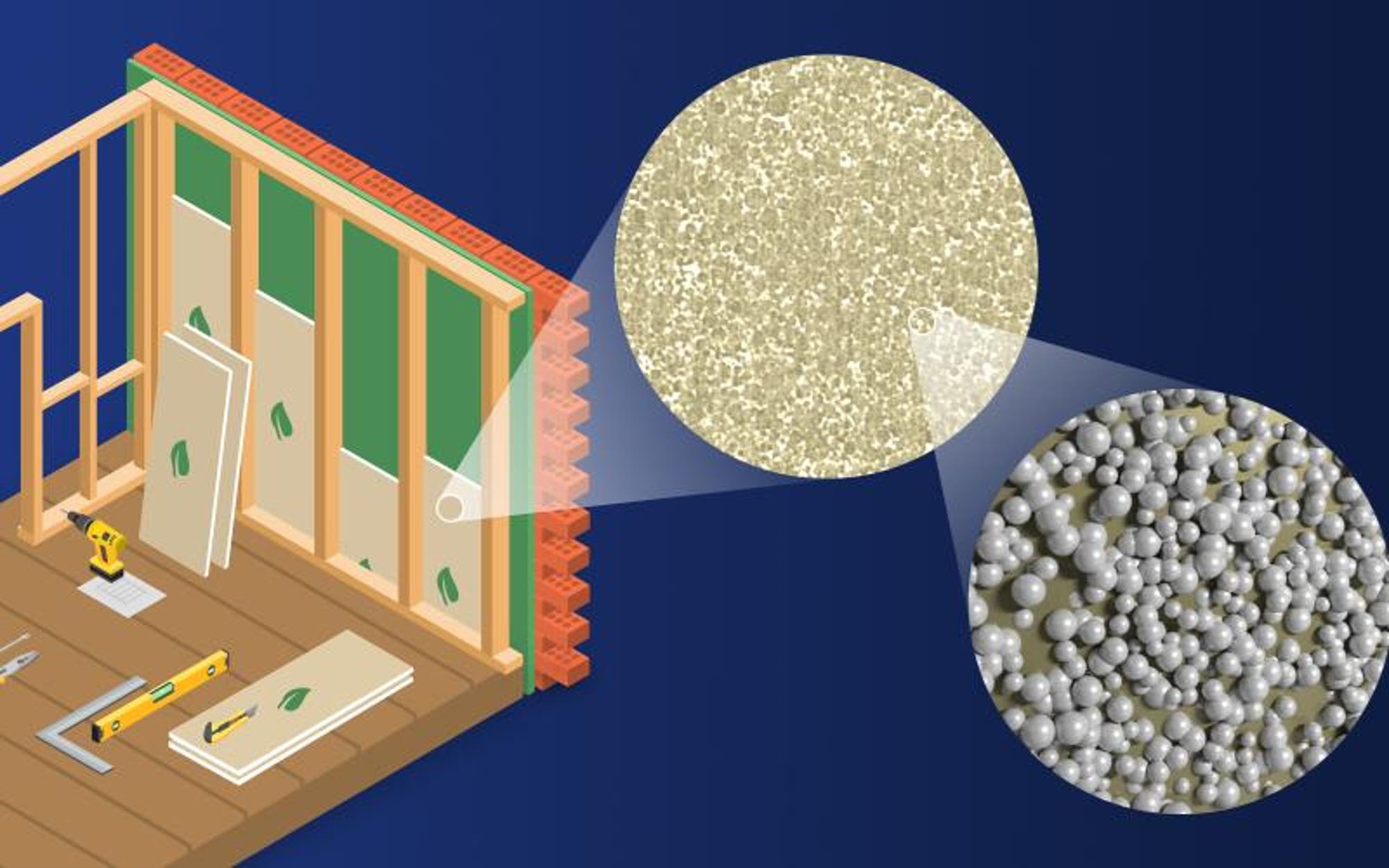Dasiwang: Your Gateway to Trending Insights
Stay updated with the latest news, trends, and insights across various topics.
Insulation: Your Home's Best Kept Secret to Comfort
Discover how insulation can transform your home into a cozy haven and save you money. Uncover the secret to ultimate comfort today!
Understanding the Importance of Home Insulation: Comfort and Energy Efficiency
Understanding the significance of home insulation is crucial for homeowners seeking to enhance their living conditions. Proper insulation serves as a barrier that helps regulate indoor temperatures, ensuring that your home remains warm during winter and cool during summer. This not only adds to the comfort of your living environment but also plays a pivotal role in energy efficiency. When your home is well-insulated, you can reduce reliance on heating and cooling systems, leading to lower energy bills and a reduced carbon footprint.
In addition to economic benefits, effective home insulation contributes to environmental sustainability. By minimizing energy consumption, insulated homes lessen the demand on natural resources and contribute to reduced greenhouse gas emissions. According to the Environmental Protection Agency, proper insulation can significantly lower your energy costs and greenhouse gas emissions. Investing in quality insulation is not just a choice for comfort but a step towards a more sustainable future.

Top 5 Signs Your Home Needs Better Insulation
Ensuring that your home is well-insulated is crucial for maintaining a comfortable and energy-efficient living space. Here are five key signs to watch for that indicate your home might need better insulation:
- Inconsistent Temperatures: If certain rooms in your home are consistently colder or hotter than others, it may be a sign that insulation is lacking. This can cause your heating and cooling systems to work overtime, leading to increased energy bills.
- High Energy Bills: A significant increase in your utility bills can signal that your home is not retaining heat effectively. Poor insulation allows air to escape, forcing your HVAC system to operate longer than necessary. Learn more about how insulation affects energy efficiency.
3. Drafts and Air Leaks: Feeling drafts near windows, doors, or walls is a clear indication that your insulation may be inadequate. You can easily assess these drafts by holding a candle or incense stick near potential leak spots. If the flame or smoke moves erratically, it likely indicates unwanted airflow. The EPA provides insights on managing air leaks.
4. Noise Pollution: Increased noise from outside can also suggest insufficient insulation, particularly in older homes. Quality insulation not only traps heat but also minimizes sound transfer, helping you maintain a peaceful living environment.
5. Ice Dams: In colder climates, ice dams forming on your roof can indicate heat escaping through inadequately insulated areas, leading to costly roof damage and further insulation issues. Make sure to address these signs promptly to enhance your home’s energy efficiency.
How Insulation Can Save You Money on Energy Bills: A Comprehensive Guide
Insulation plays a crucial role in enhancing the energy efficiency of your home, significantly impacting your energy bills. By effectively regulating indoor temperatures, insulation reduces the need for excessive heating and cooling. According to the U.S. Department of Energy, properly installed insulation can save homeowners an average of 15% to 20% on energy bills. This means that investing in high-quality insulation not only improves comfort but can also provide substantial long-term savings.
Furthermore, the type of insulation you choose can affect the overall performance of your home. For instance, materials like fiberglass, foam board, and spray foam each come with unique benefits that can cater to varying needs. In addition, the effectiveness of insulation is measured by its R-value, which indicates its resistance to heat flow. The higher the R-value, the better the insulation. As highlighted by the EPA, selecting insulation with the appropriate R-value for your climate can maximize savings and ensure a comfortable living environment.